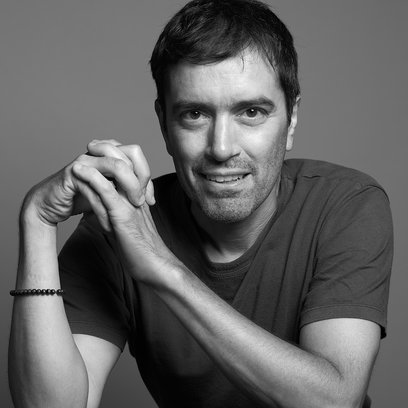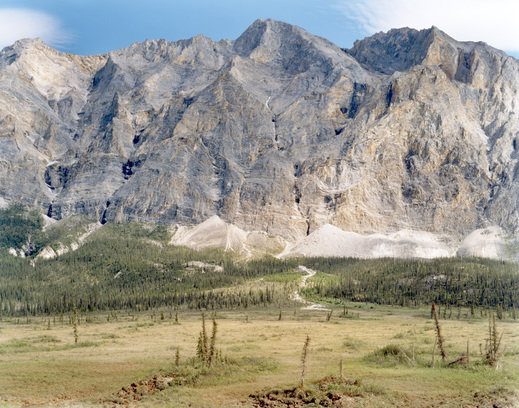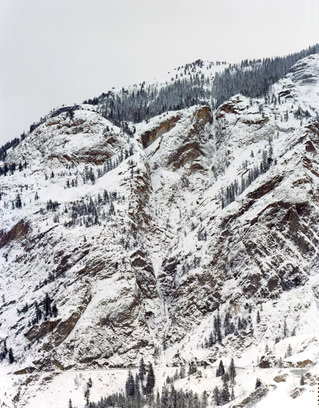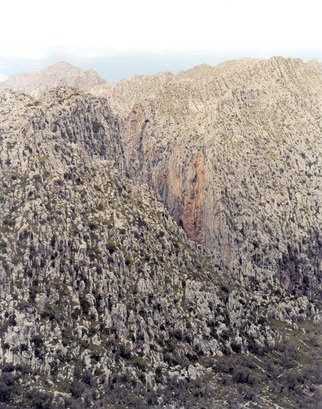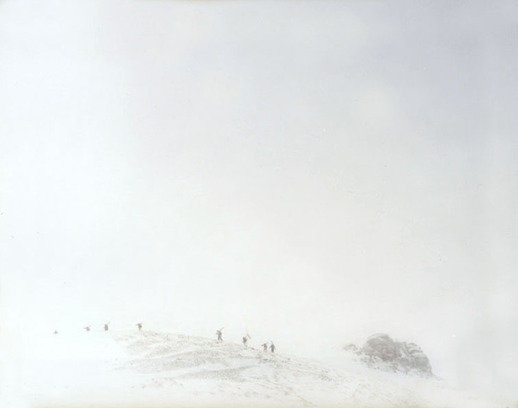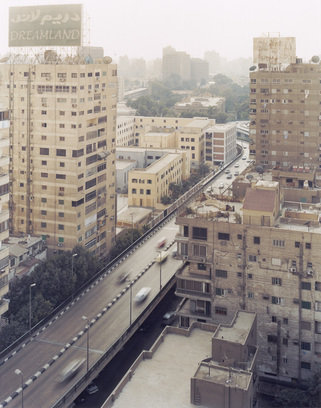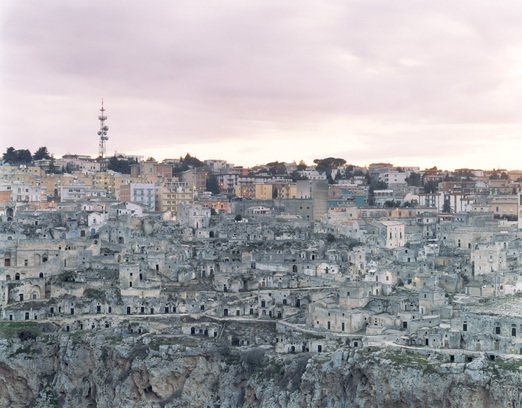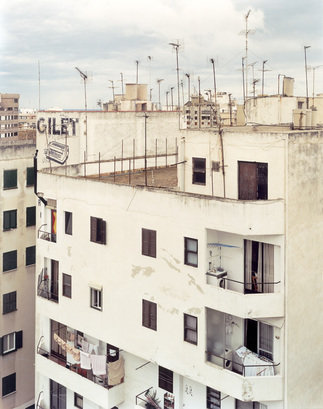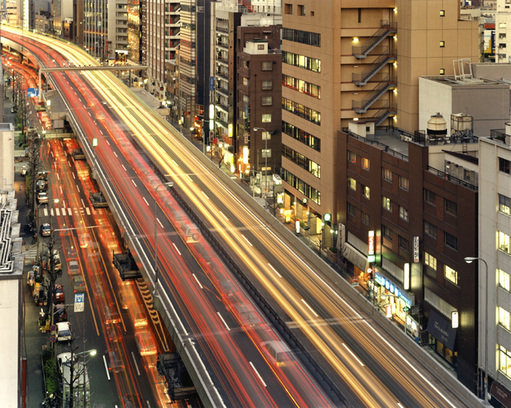THE HOURGLASS
Artist Background:
Stefan Ruiz
March 10, 2014
Stefan Ruiz is drawn to the desert. The sought-after portrait and landscape photographer has shot arid regions from his native California to the Atacama of Chile. “I just like photographing the desert,” Ruiz says. “Desert light is good because it’s dry. The light is quite soft and bright. It’s just a nice light.”
When Ruiz, whose work has appeared in The New York Times Magazine, Details, L’Uomo Vogue and Rolling Stone, was serving as creative director of the magazine Colors, he twice traveled to Bolivia. While there, Ruiz shot a stunning series on La Paz and other urban areas. He also made a pilgrimage to Salar de Uyuni, a vast desert landscape of salt flats so massive, they can be seen from space. “I traveled there to shoot them,” Ruiz says of the salt flats. “They’re massive. You can drive on them for miles and miles.”
From his work in Bolivia, Ruiz has created two editions for Whisper, to go on sale over two consecutive weeks. The first will be Bolivia, an exclusive 50-page book of striking, delightfully idiosyncratic images of the country. Ruiz has compiled a spectacular series that weaves together his own landscapes with portraits by a local Bolivian studio photographer, Rodolfo Quiroga Bravo, whom Ruiz described as “a quiet, serious guy.”
“Cameras are easier and easier to use, and they’re cheaper, and every phone has a camera,” Ruiz says. “But down there, people still go to a place to get a formal picture done. And some of these photographers are quite good. They spend their whole lives taking people’s portraits, not as an art form, but as a day-to-day business.” Ruiz’s images and Bravo’s images, which share an uncannily similar color palette, together create both a gorgeously wide-angle and movingly human portrait of a place.
The following week, Ruiz will release an exclusive print from his Bolivia series—a surreal desert scene captured near the Salar de Uyuni, which is located near the apex of the Andes. The photograph is comprised of distinct, layered textures: the pure white of the flats, framed in the foreground by verdant, succulent-covered earth and in the background by mountains, clouds and pale blue sky. “The light blue sky has to do with dryness and altitude,” Ruiz says. “That’s the sky you get in those parts.”
